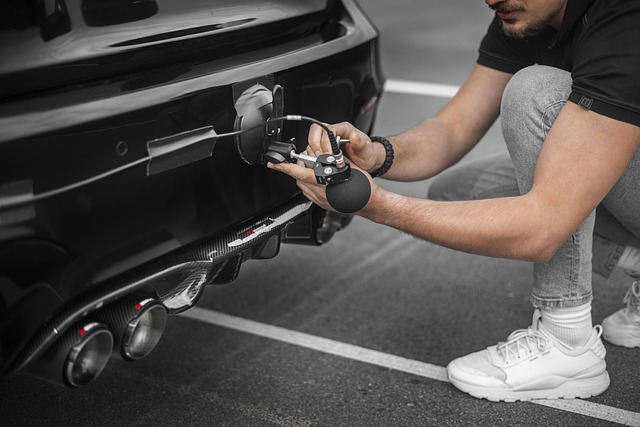Maintaining a septic system is crucial for its longevity and efficient wastewater management. This involves regular cleaning, inspections, monitoring water usage, and preventing leaks. Prompt action on signs of distress, like backups or odors, prevents costly repairs. Regular septic system maintenance ensures optimal performance, reduces utility costs, and adheres to local regulations regarding pumping intervals and product types. Watch for common issues like clogs, leaks, and corrosion through routine inspections to preserve the health and longevity of your septic system.
Maintaining your septic system is crucial for ensuring its longevity and optimal performance. This comprehensive guide provides a detailed Septic System Maintenance Checklist, covering everything from understanding key components and functions to regular tasks, emergency care, and common issues to watch out for. By following these steps, you’ll promote efficient waste management and protect this vital ecosystem service.
- Understanding Your Septic System: Components and Functions
- Regular Maintenance Tasks for Optimal Performance
- Emergency Care and Common Issues to Watch Out For
Understanding Your Septic System: Components and Functions

Understanding your septic system is crucial for effective maintenance, ensuring its longevity and optimal performance. A typical septic system comprises several key components: a septic tank (the primary treatment unit), distribution pipes that branch out to supply waste to nearby drains, and an absorption area or soil-based filter where treated effluent soaks into the ground. The process begins when waste from your home enters the septic tank, where bacteria break down organic matter over time. Solid waste settles at the bottom, while cleaner water is discharged into the distribution pipes and later absorbed by the surrounding soil. Regular maintenance includes pumping out the septic tank to remove built-up solids and inspecting for any signs of damage or leaks in the system’s components. By staying on top of these tasks, you contribute to efficient wastewater treatment and prevent costly repairs or replacements.
Septic system maintenance is not just about keeping your tank clean; it involves a holistic approach to care. Monitoring water usage, ensuring proper disposal of hazardous materials, and regularly checking for odours or signs of system distress are all integral parts of maintaining a healthy septic system. Additionally, understanding local regulations regarding tank pumping intervals and the types of products used in the system is essential. With proper care, your septic system can provide reliable and eco-friendly wastewater management for years to come, contributing to both a cleaner environment and reduced utility costs.
Regular Maintenance Tasks for Optimal Performance

Regular maintenance is key to ensuring your septic system operates efficiently and lasts for many years. Here are some essential tasks to incorporate into your routine care:
1. Inspect and Clean Pipes and Drains: Over time, pipes and drains can accumulate debris, slowing down waste flow. Regularly check for clogs or damage and clean as needed. This prevents backup and maintains proper system functionality.
2. Monitor Septic Tank Levels: Keep an eye on the water level inside your septic tank. Too little water can stress the system, while too much can lead to overflows. Adjusting irrigation systems and household water usage during dry seasons can help maintain optimal levels.
3. Check for Leaks: Regularly inspect pipes, fittings, and appliances connected to your septic system for signs of leaks. Even small drips can significantly impact water balance and contribute to tank damage over time. Prompt repair of any identified leaks is crucial for long-term health.
Emergency Care and Common Issues to Watch Out For

In the event of an emergency, such as a sudden backup or odor issues, prompt action is crucial for effective septic system maintenance. Immediate response to these problems can prevent further damage and costly repairs. If you notice any signs like gurgling sounds, slow drainage, or unusual odors, it’s essential to act swiftly. Contacting a professional septic service provider is recommended as they have the expertise to diagnose and address issues quickly.
Common problems to watch out for include clogs caused by foreign objects, leaks in pipes, and tank corrosion. Regular inspections can help identify these issues early on. Keep an eye out for any unusual behavior in your septic system, like increased noise or changes in water levels, as they could indicate potential problems. Regular maintenance and quick addressing of concerns are key to ensuring the longevity and optimal performance of your septic system.
Proper septic system maintenance is key to ensuring its longevity and optimal performance. By understanding your system’s components and regular care tasks, you can prevent emergencies and common issues. Regular inspections, timely pumping, and routine cleaning are essential practices to keep your septic system running smoothly. Remember, proactive maintenance is the best defense against costly repairs and potential environmental hazards. Implement this checklist for seamless management and peace of mind.
